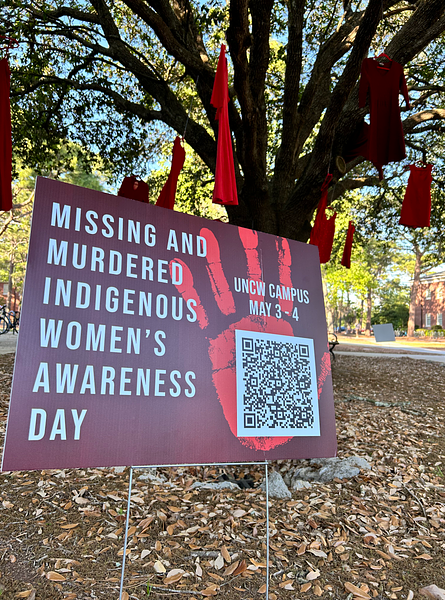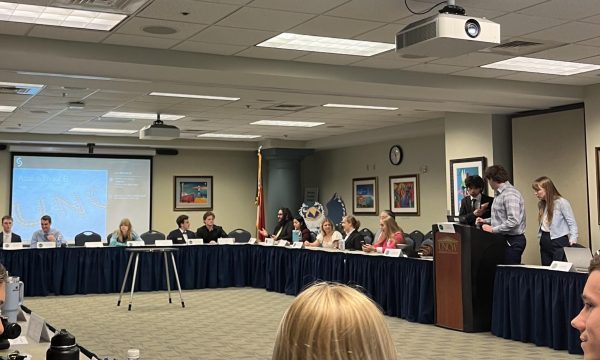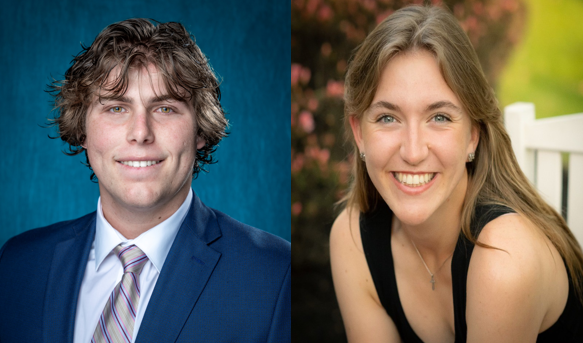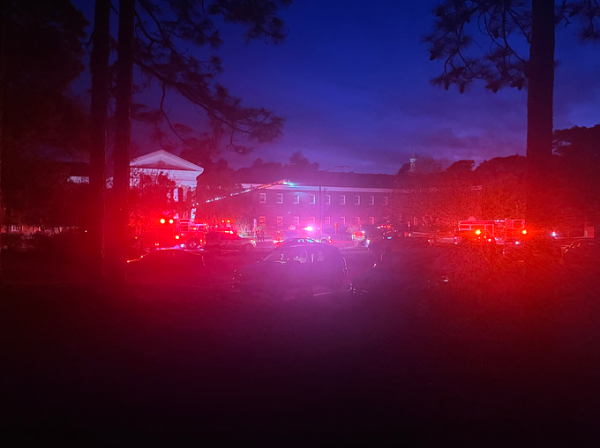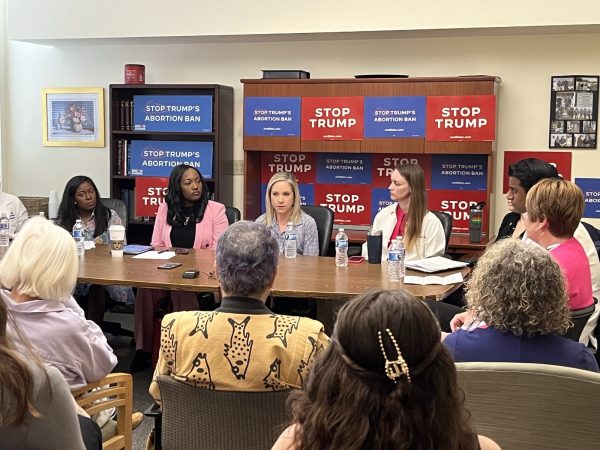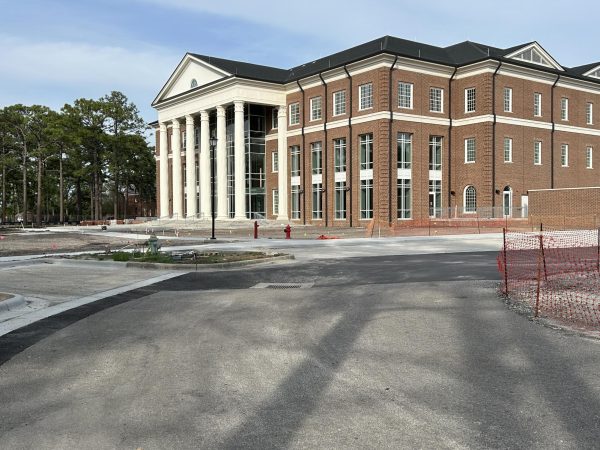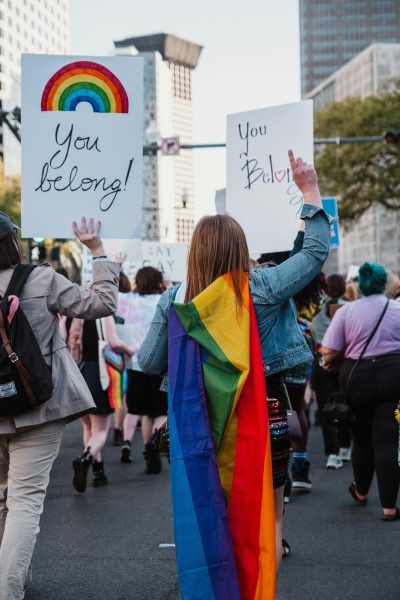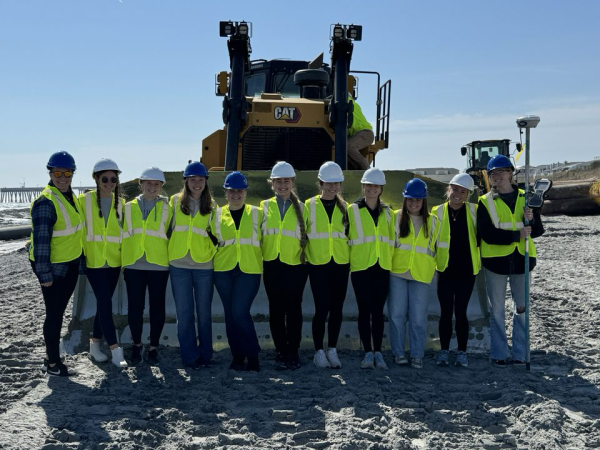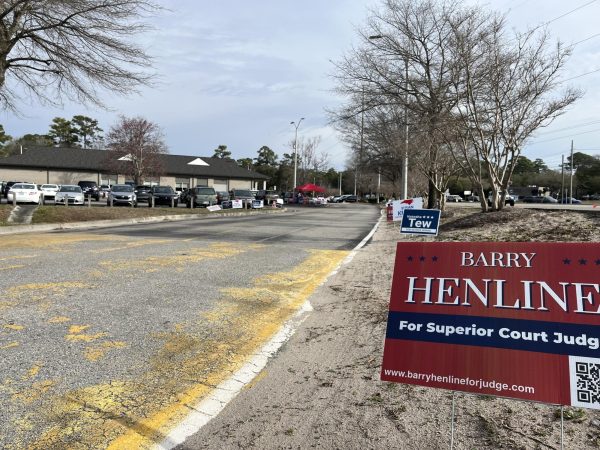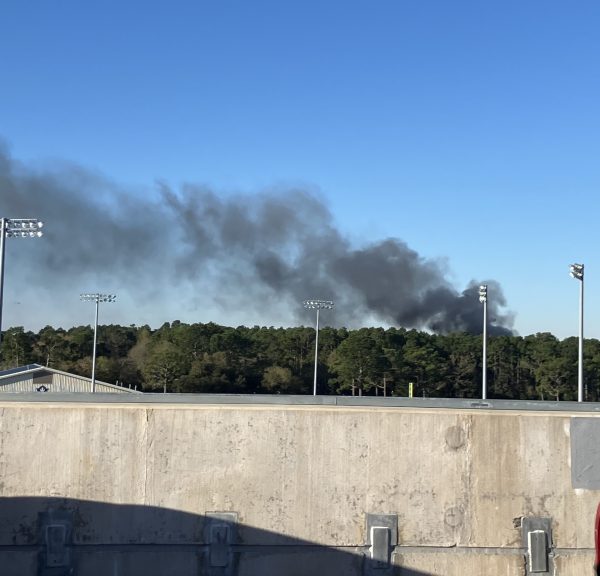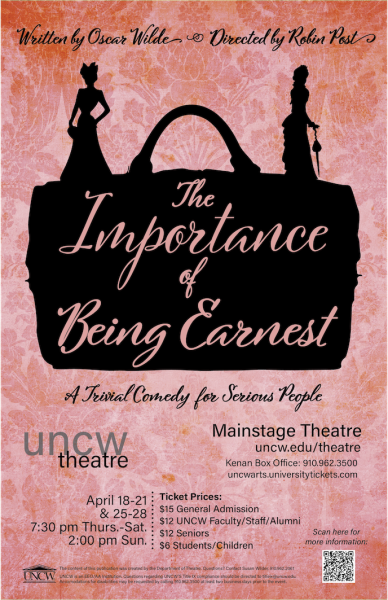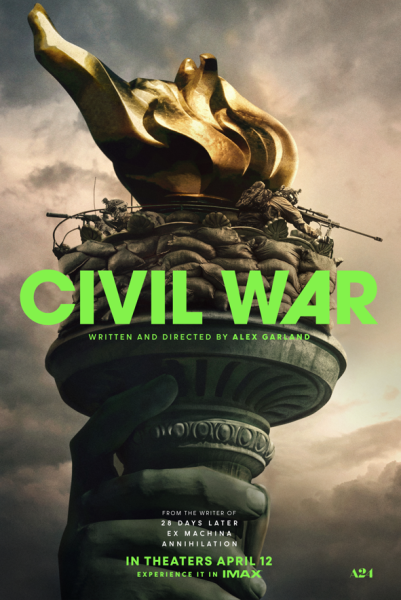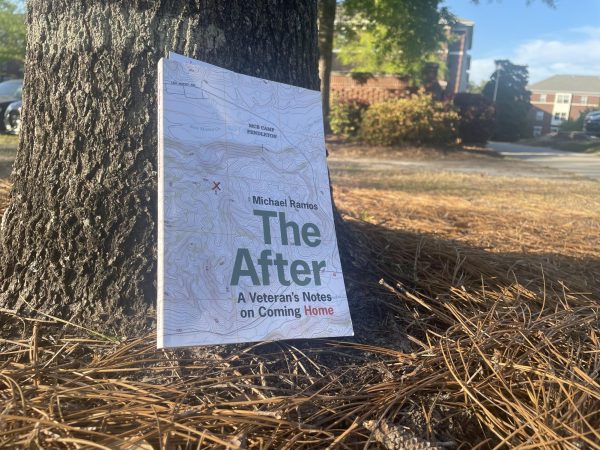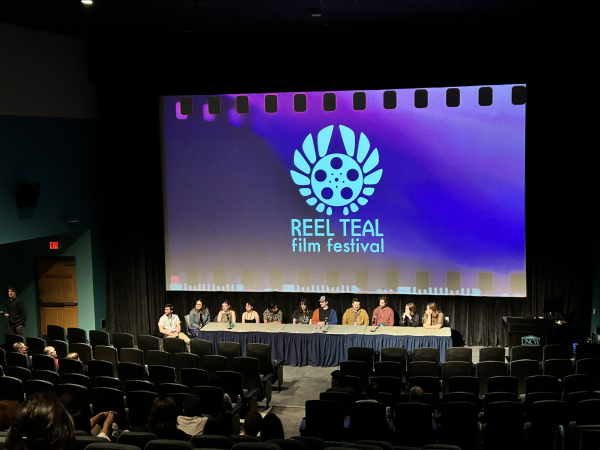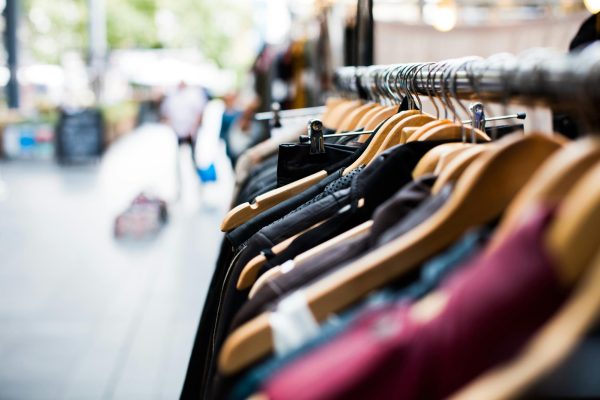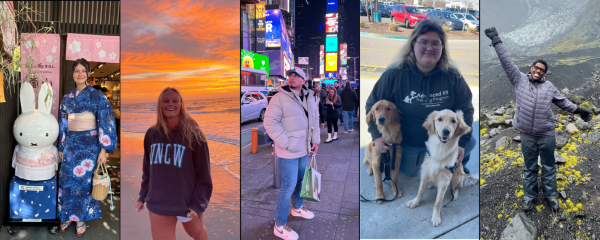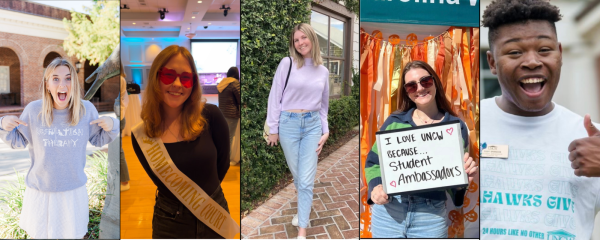Seven Billion Plus art exhibit has art and human impact
October 17, 2012
Most college students remember Kraft Handi-Pack Cheese Spreaders with the miniature red plastic sticks. Now, UNCW students can see a mind-boggling photograph of 192 of those red sticks in a provocative exhibit at the UNCW Cultural Arts Building Art Gallery.
On Oct. 11, the gallery opened a collaboration of artwork that examines a modern world problem-overpopulation. The exhibit, dubbed “Seven Billion Plus,” after the moment almost one year ago when our world population hit the 7 billion mark, features several noted artists from across the globe, including Geoff Calabrese, Eileen Doktorski, Jasper James, Peter Nii Narku Thompson, Zhang Xiao, and Richard and Judith Lang.
Richard and Judith Lang, the geniuses behind the Kraft cheese spreader print, have collected and photographed over two tons of trash from 1,000 yards of beach in California. A variety of these photos now hang in UNCW’s Cultural Arts Building and have become one of the most popular parts of the “Seven Billion Plus” exhibit.
The couple believes our population is a huge problem, particularly applying to waste.
“We already have so many leftover art supplies available to use, why do we need to buy more?” said Richard Lang. “It’s heartbreaking to put more stuff into this world.”
The Langs are thrilled to be part of the cross-country exhibition.
“It’s all part of such an interesting phenomenon,” said Judith Lang.
Zhang Xiao, another photographer, also focuses on beaches in his award-winning “Coastline” series, parts of which are displayed in “Seven Billion Plus.” The series portrays one of the most controversial populated areas of the world-China. Xiao examines the impact of economic growth and urbanization on China’s eastern shores.
Douglas Gamble, professor of human geography at UNCW, spoke about the heavily populated country.
“China’s always been a high density country,” said Gamble. “If you have a big population to begin with, it’s only going to get bigger.”
Photographer Jasper James, UK-born, is also based in China. His “City Silhouettes,” included in “Seven Billion Plus,” was inspired by the feeling of being at the top of Shinjuku Tower in Tokyo. He, like the Langs, is profoundly concerned about the negative effects of population growth.
“We’re like a virus out of control,” said James.
Courtney Johnson, assistant professor and gallery director at UNCW, became fascinated with Wilmington’s massive development-a current 10-year growth rate of 40.4 percent. Johnson commenced and curated “Seven Billion Plus.”
“Curating an event is almost as much of an art as making art,” said Johnson. “By calling a group of artwork and artists together, you’re making a new piece.”
Johnson searched for a range of different mediums that UNCW teaches in its art program. Along with photographs, “Seven Billion Plus” includes ceramics, paintings and sculptures.
Geoff Calabrese, an instructor at Cape Fear Community College, included portions of his series of ceramic heads for the exhibit.
“I’m happy with the way the art gallery hung it,” said Calabrese. “If we’re talking about overpopulation, obviously a bunch of heads has to do with that.”
But how do we support all those mouths on all those heads on all those bodies? Johnson said she always likes curating and making art that asks questions, and this is certainly a big one.
“One of the reasons I thought about this show was I read a National Geographic magazine that’s whole focus was on overpopulation,” said Johnson. “I don’t really have a strong opinion or a solution, but I’m just interested.”
Aren’t we all? Seven billion is a nearly unfathomable number.
The artists of “Seven Billion Plus” recognize and represent the impact of that big number in one way or another.
“Our concern is not only about human impact, but that the art has an impact,” said Judith Lang.
The exhibit will be open to the public in the Cultural Arts Building Gallery until Nov. 9.
